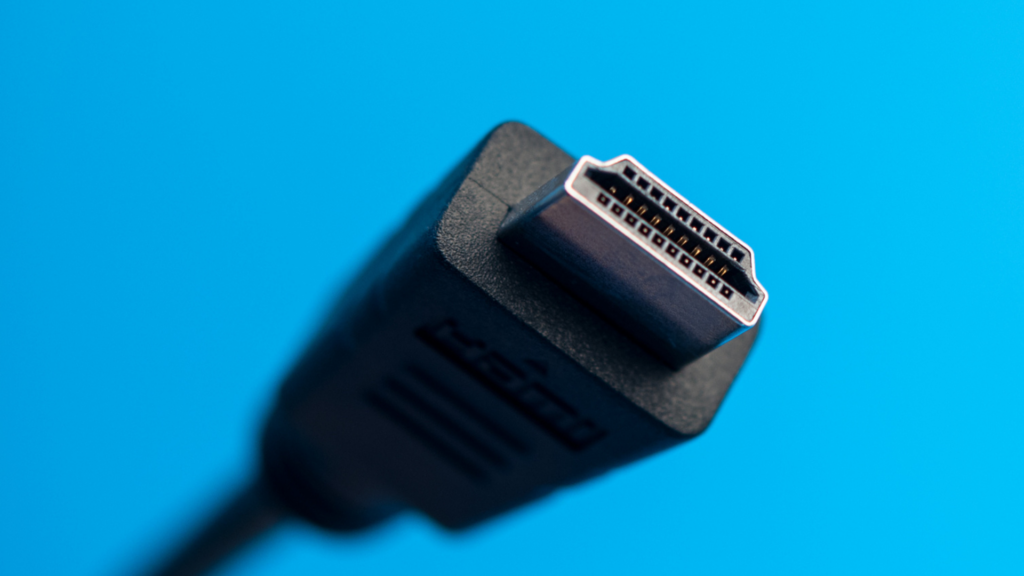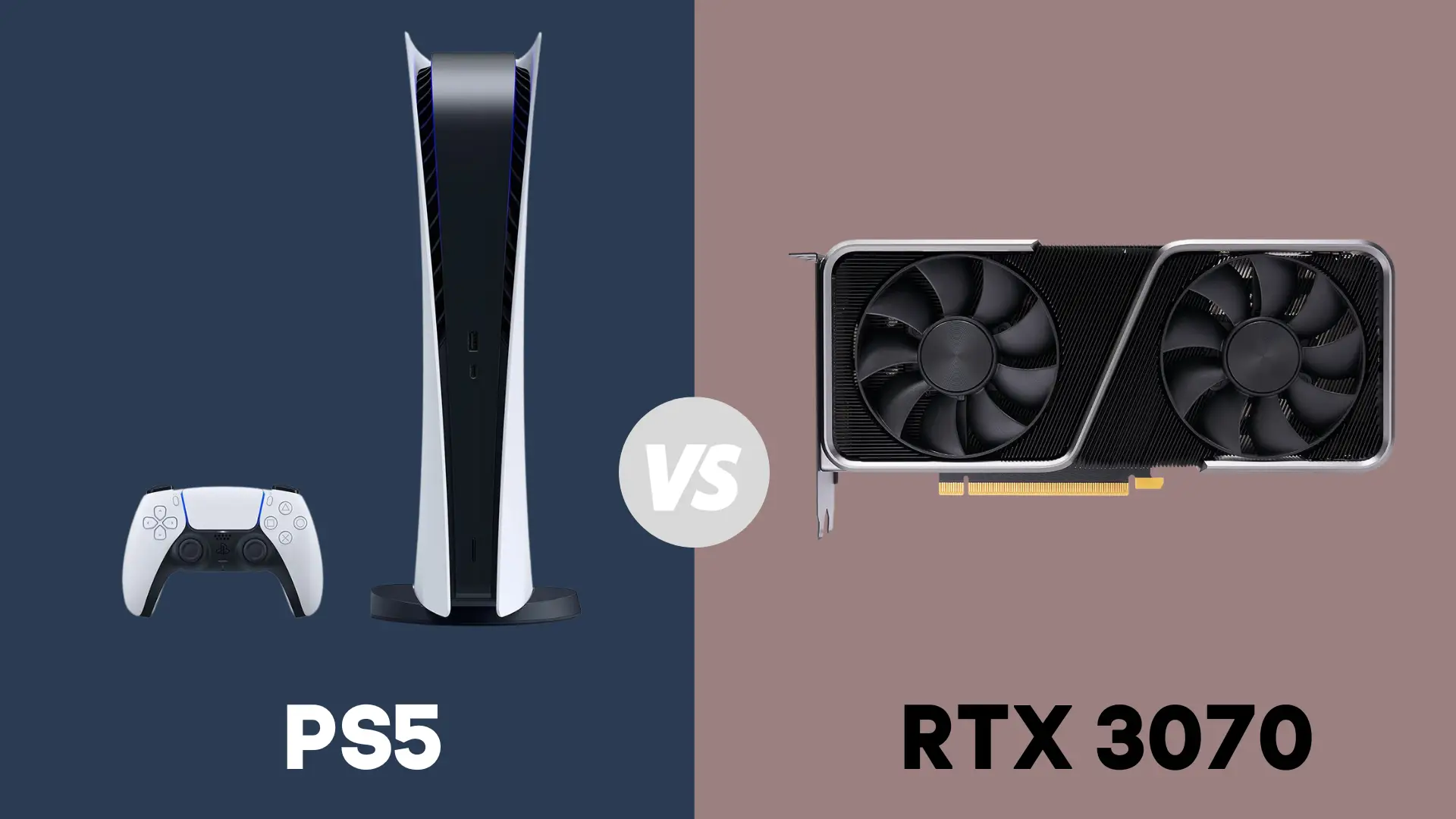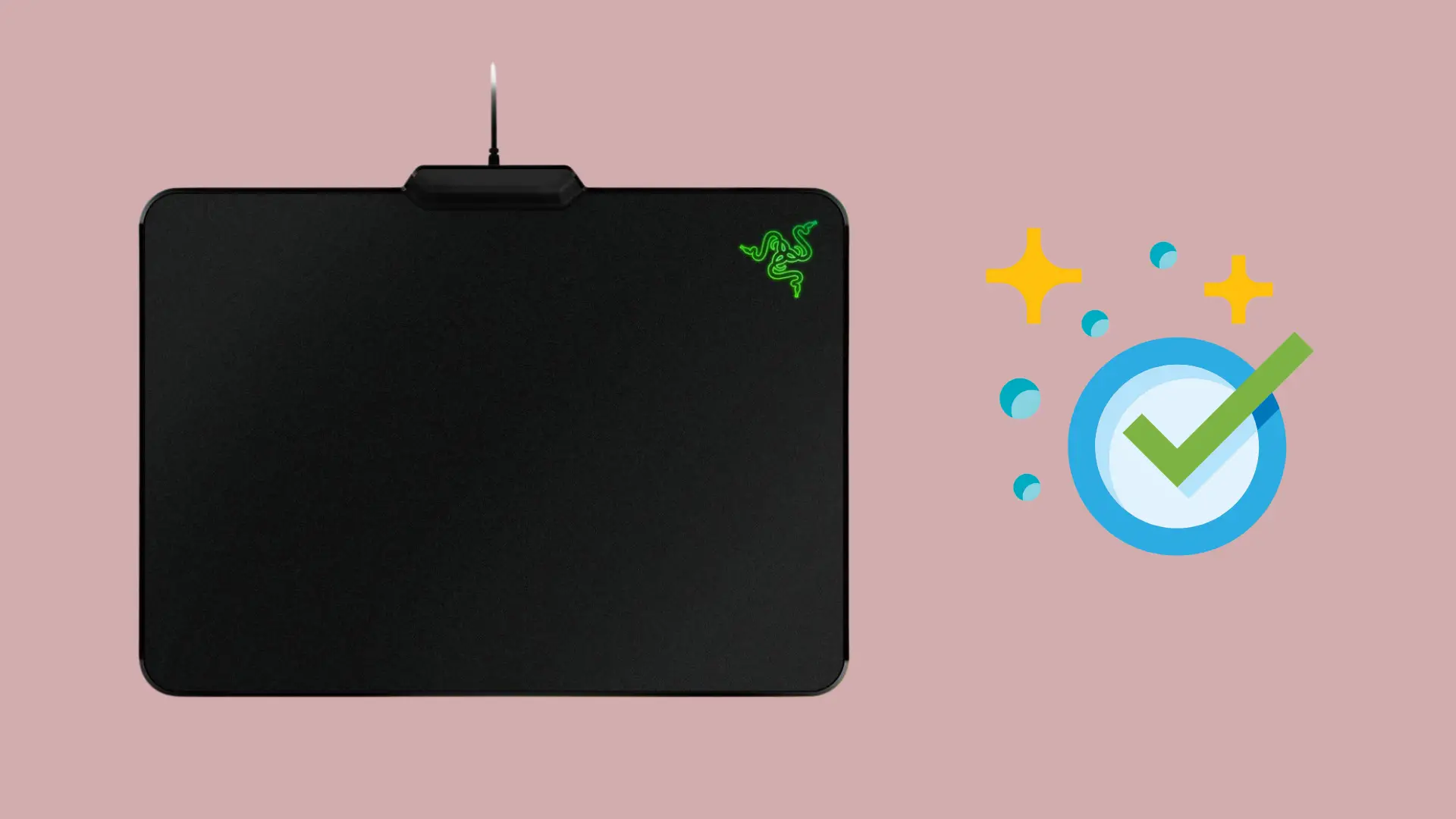Do Computer Monitors Come With HDMI Cables? (With Examples)

Almost all monitors come with at least one data connection cable. While the majority come with HDMI cables, others may come with a DisplayPort cable instead. Older monitors may even come with a VGA or DVI cable.
Additionally, expensive monitors may even provide more than one data cable, such as HDMI, DP (DisplayPort), and a USB-C Cable.
What Comes With A Monitor
Some monitors come with a power cable and one data cable (HDMI, DisplayPort, VGA, S-Video, or USB-C).
While, others come with a power cable and two or more types of Data Cables, most commonly HDMI and DP (DisplayPort) cables. Some may also include USB Cables.
You can check what cables are included with a Monitor on the manufacturer’s official website. This is commonly found on the Specs section of the page.
We’ll take Dell’s S2721QS27 4K UHD Monitor as an example. Its specs page specifies that it only comes with a power cable and an HDMI cable. You can also see the port & slot types that the monitor offers.

Now taking Dell’s expensive model, the Alienware AW3420DW Gaming monitor, you can see that it comes with a power cable, a DisplayPort cable, a Mini DisplayPort cable, and a USB 3.0 Upstream cable (no HDMI cable).

And finally, looking at Gigabyte’s M32U Monitor’s official spec page, you can see that it offers two data cables, an HDMI, and a DP cable, as well as a Power cable, QSG, and a USB Cable.

So if you would like a monitor with an HDMI cable specifically, just to be on the safe side, it would be worthwhile to check the manufacturer’s official page since not all monitors come with an HDMI cable. However, they almost all still come with at least one data cable.
What Type of HDMI Cable Comes With a Monitor? And Why Does it Matter?
HDMI cables come with varying video resolution outputs (1080i/720p, 1080p, 4K, or 8K). A monitor will typically come with a data cable that supports its resolution and refresh rate. The easiest way to check this is to look at the HDMI port version that comes with your monitor. Here is a list of HDMI port versions and the resolution and refresh rates that they support.
- HDMI 1.0-1.1: Up to 1080p at 60Hz
- HDMI 1.2-1.2a: Up to 1080p at 60Hz
- HDMI 1.3-1.4b: Up to 4K at 30Hz
- HDMI 2.0-2.0b: Up to 4K at 60Hz
- HDMI 2.1: Up to 4K at 120Hz and 8K at 120Hz
Now here’s a look at the different HDMI cable types and the resolution and bandwidth they offer.
| Do Computer Monitors Come With HDMI Cablesype | Resolution | Bandwidth |
|---|---|---|
| Standard | 1080i or 720p | 4.95 Gb/s |
| High Speed | 1080p 4K @ 30 Hz | 10.2 Gb/s |
| Premium High Speed (4K) | 4K @ 60 Hz | 18 Gb/s |
| Ultra High Speed (8K) | 8K @ 60 Hz 4K @ 120 Hz | 48 Gb/s |
So, for example, a monitor with an HDMI 1.4 port would typically come with a High-Speed HDMI cable. You can check the type of HDMI port that comes with a monitor on the manufacturer’s official website’s Specification section.
Taking Dell’s ALIENWARE AW3423DW monitor as an example, you can see it comes with an HDMI version 2.0 port, which means that it would typically come with a Premium High-Speed HDMI Cable.

HDMI vs. DisplayPort: Which is Better?
HDMI and DisplayPort are the most popular connectors currently. While HDMI is commonly used on TVs and PCs, DisplayPort is commonly used on PCs rather than TVs.
The maximum resolution and refresh rate output will depend on the version of HDMI or Display port equipped on your monitor.
Like HDMI ports, DisplayPort’s have multiple versions, as shown below:
- DisplayPort 1.2: Supports up to 4K at 60Hz, (1.2a ports may also support AMD’s FreeSync)
- DisplayPort 1.3: Supports up to 4K at 120Hz or 8K at 30Hz
- DisplayPort 1.4: Supports up to 8K at 60Hz and HDR
- DisplayPort 2.0: Supports 16K with HDR at 60Hz and 10K without HDR at 80Hz.
- DisplayPort 2.1: adds USB4 compatibility.
HDMI is slightly superior due to the release of HDMI 2.1. However, very few monitors in the market currently support HDMI 2.1. Expect that to change soon, however. Additionally, compared to HDMI 2.0, DisplayPort 1.4 is the better option. DisplayPort 2.0 has also been announced, and it offers greater maximum bandwidth than HDMI 2.1 and at almost three times the bandwidth of DisplayPort 1.4, allowing for resolutions of up to 16k with compression.
DisplayPort’s also do come with a few advantages, such as support for Multi-Stream Transport (MST) which allows you to connect multiple displays using a single DisplayPort connection. So, if you prefer a dual monitor setup, a DisplayPort allows you to connect both monitors using a single DisplayPort, whereas HDMI requires one cable for each monitor.
While DisplayPort and HDMI deliver relatively similar performance, they each come with their own set of advantages and disadvantages. DisplayPort offers MST support, while HDMI is supported on more devices. Ultimately it will come down to your own personal preference and use case.
- How to Pair Meta Quest 3 Controllers with Your Quest 3 Headset: A Quick Guide
- How to Charge Meta Quest 3: A Guide to Powering Up Your VR Experience
- How to Cast Meta Quest 3 to Samsung TV: A Step-by-Step Guide
- How To Factory Reset Your Meta Quest 3: A Step-by-Step Guide
- How to Power On and Off the Meta Quest 3





